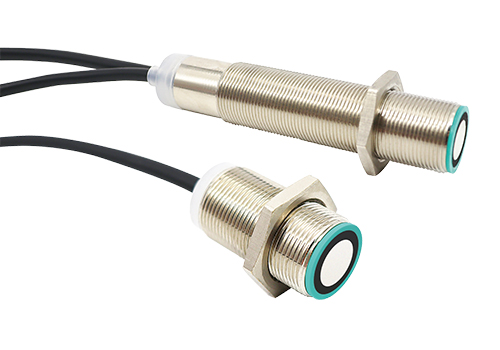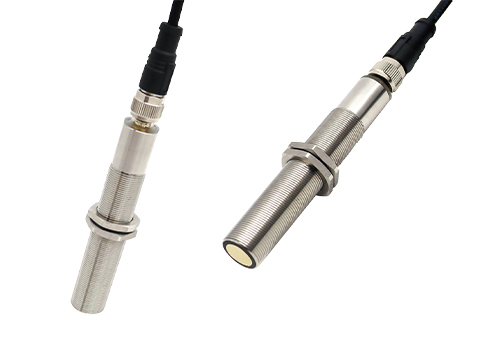Ultrasonic transmission distance calculations rely on two key factors: the frequency of the ultrasonic wave and the speed at which the ultrasonic wave travels in a given medium.Below, I will explain in detail how to calculate the transmission distance of ultrasound based on these two parameters.
1. Frequency of ultrasound
The frequency of ultrasound is usually greater than 20 kHz, which is the boundary that distinguishes ultrasound from ordinary sound waves (audible to the human ear between 20 Hz and 20 kHz).However, the frequency of ultrasound has less effect on its propagation speed in a medium, especially in gases (e.g. air).In solids and liquids, however, high-frequency ultrasound may lose some of its energy due to scattering, but this does not directly affect its propagation speed.

2. Velocity of ultrasound propagation in a medium
The propagation speed of ultrasound depends on the medium in which it travels.Different media (e.g., air, water, solids, etc.) have different speeds of sound.For example, at standard atmospheric pressure and temperature, the speed of sound in air is about 343 m/s (or about 1,235 km/h, but note that there is an error in the unit conversion here, which should be 343 m/s or 1,234.8 km/h, but m/s is commonly used as the unit of the speed of sound), and the speed of sound in water is even higher, at about 1,484 m/s (or about 5,342.4 km/h, again note theunit conversion).
 、
、
3. Calculation of ultrasonic transmission distance
Ultrasonic transmission distance (d) can be calculated by the following formula:
d = v × t
where, v is the propagation speed of ultrasound in the medium (m / s), t is the ultrasound from the launch to receive (or return after reflection) the time required (seconds).
Example
Assuming that the propagation speed of ultrasonic waves in the air is 343 m/s, and that the time required for ultrasonic waves to be received from emission (or to be returned after being reflected by an object) is 0.01 sec, then the transmission distance of ultrasonic waves is:
d=343 m/s×0.01 sec=3.43 meters.

Caution
The propagation speed of ultrasonic waves is affected by the physical properties of the medium such as temperature, humidity, density, etc., so these factors need to be taken into account in accurate measurements.
In practice, ultrasonic sensors usually measure the time difference between the transmission and reception of ultrasound, and use the known speed of sound to calculate the distance.
Ultrasonic waves usually propagate faster and scatter less in solids than in liquids and gases, so they have a wide range of applications in fields such as industrial inspection.
Hope the above answer can help you understand the calculation of ultrasonic transmission distance.

